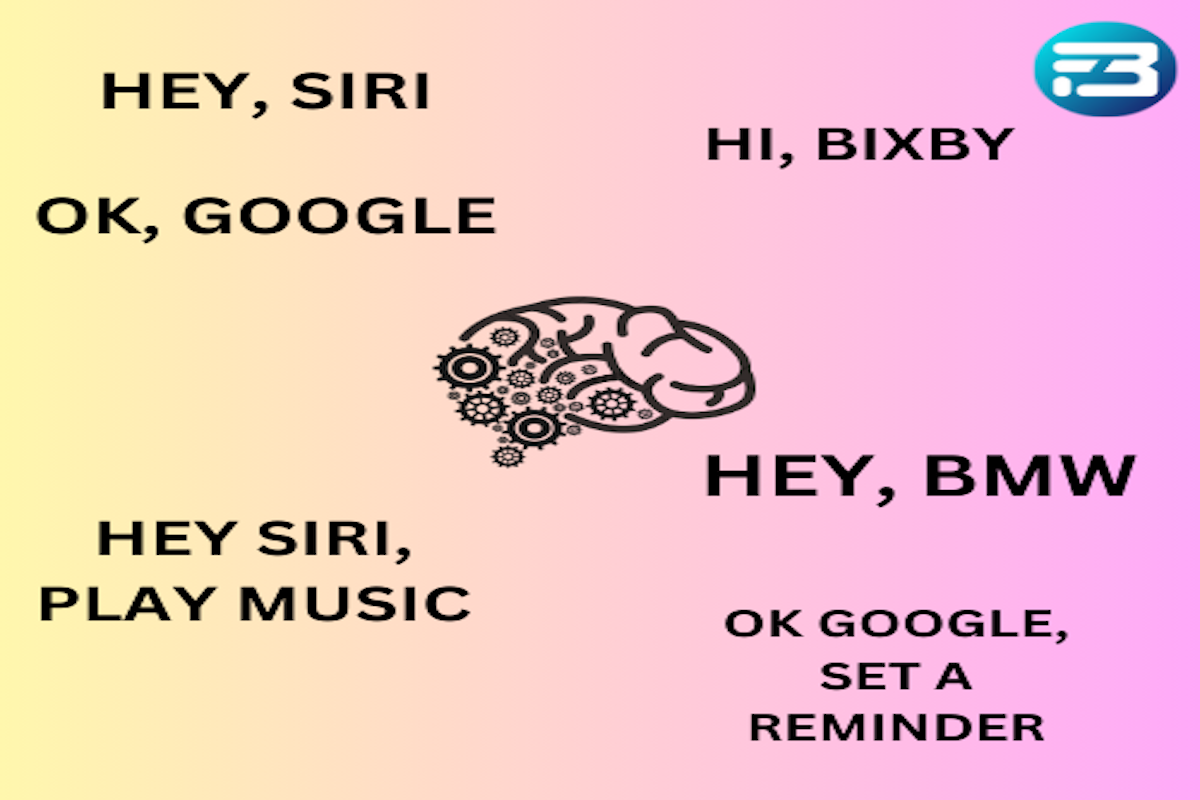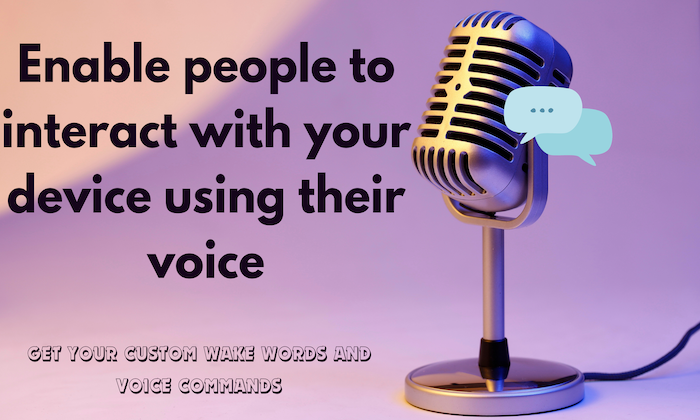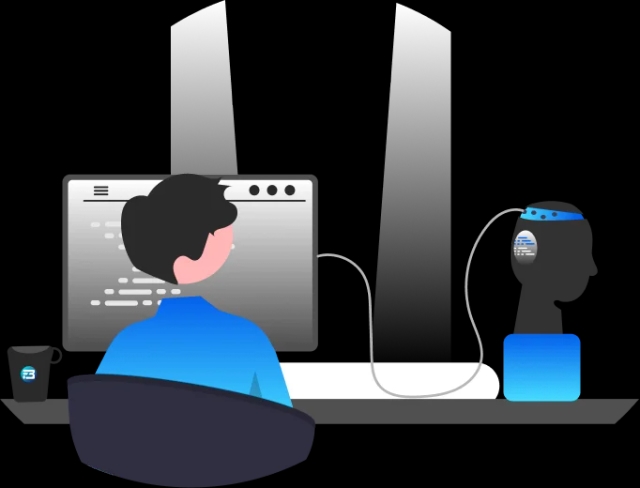With advancements in voice technologies, we are able to use voice based devices to manage our routine work at home as well as at work. Recent market trends show that the voice assistant market is growing at a compound annual growth rate of 31.2%, from USD 4.59 billion in 2022 to USD 30.72 billion by 2030. This report gives an idea of the many opportunities available for voice assistants and people’s acceptance of this technology. You should consider checking whether voice assistants can help you grow your organization and provide better customer experiences.
Voice assistants have many advantages over text based conversations, but they also have many challenges related to data availability, multiple languages, styles, dialects, and accents. Difficulty also lies with the speed of voices (normal, fast, or slow).
At this moment, voice assistant are already being used in automobile, homes, healthcare, etc. Many people are using Alexa, Siri, and Google’s voice assistant to integrate their products with voice. But at the same time, we can see a demand to build custom voice assistants with the company's own brand name. This will help enhance brand recognition, increase trust and credibility, improve data ownership and privacy and provide many other advantages.
So, let’s take a deep dive into the advantages of custom voice assistants and their application in different industries!
What Is A Voice Assistant?
An AI model that can understand the human voice and respond to spoken language, words, and sentences is known as a voice assistant. From capturing voice to responding, voice assistants uses many technologies and involve many steps that include speech recognition, natural language processing, intent recognition, response generation, etc.
The hands-free operations of voice assistants allow users to effortlessly manage tasks. The intuitive nature of voice commands fosters a more natural and accessible interaction, making technology an ally in navigating our fast-paced world.
We use a wake word to trigger the voice assistant and give it commands to perform any tasks. Choosing proper wake words and voice commands is necessary to build a robust voice assistant. As I mentioned earlier, choosing a wake word as per your brand name can really help improve brand recognition and trust. Also, choosing proper voice commands as per your product operations is very important. So, let’s discuss custom wake words and voice commands!
What Are Wake Words and Voice commands?
 A wake word is like a special key that wakes up a voice-activated system. For example, when you say "Hey Siri" or "OK Google," you're using a wake word to get the attention of your device. It's like saying, "Hey, listen up; I have a command or question for you!" The wake word signals the system to start listening and be ready for your next words.
A wake word is like a special key that wakes up a voice-activated system. For example, when you say "Hey Siri" or "OK Google," you're using a wake word to get the attention of your device. It's like saying, "Hey, listen up; I have a command or question for you!" The wake word signals the system to start listening and be ready for your next words.
The wake word, trigger word, hotword, and wake-up word are used interchangeably.
Imagine a wake word with your brand name. Let’s say your brand name is BMW, Can you imagine the impact of using a wake word with the same brand name instead of "Ok, Google or Alexa”? There are several advantages to using custom wake words and we will discuss them in the next section.
Once you say the wake word “Hey BMW,” the voice assistant will start paying attention to your voice. Now it’s time to give it a voice command to perform the desired action.
A voice command is simply a spoken instruction you give to a device to make it do something. Instead of typing or pressing buttons, you use your voice. For instance, telling your BMW, "Play some music," or instructing your phone with, "Call Mom," are voice commands. It's like having a conversation with your gadgets, and they follow your spoken orders to make things happen.
So, the entire conversation with the voice assistant is a combination of wake words and voice commands. In our case,
Wake Word: Hey BMW
Voice Command: Play some music
Entire monologue: Hey BMW, Play some music.
Advantages of Using Custom Wake Words for Voice Assistant
For brands, a custom wake word means you can choose a specific and unique phrase that users will use to activate your voice assistant or branded devices. It's like giving the brand its own voice and identity in the digital world, making the user experience more tailored and reinforcing brand recognition.
Many brands are using brand specific words, including Hey BMW, Hi LG, Hey Kardome, Hey Tata, etc. Using brand specific wake words has many advantages and if you are thinking of building a voice assistant, then you should consider choosing your brand name as a wake up word. Here are some advantages;
Brand Recognition
 It reinforces brand identity. When users interact with the device using a brand-specific wake word, it's a constant reminder of the product or service, contributing to brand recognition.
It reinforces brand identity. When users interact with the device using a brand-specific wake word, it's a constant reminder of the product or service, contributing to brand recognition.
When every "Hey [Brand Name]" becomes a part of your daily routine, it's like having a brand buddy. For example, if your favorite coffee brand is Brew Bliss, every morning you say, "Hey Brew Bliss, what's brewing?" It reinforces that comforting coffee connection.
Personalization
It allows for a more personalized user experience. Customizing the wake word makes the interaction with the device feel unique to the brand, enhancing the overall user experience.
Think of it as giving your device a name that suits your style. If your fitness brand is FitFiesta, your wake word could be "Hey FitFiesta." It's like having a personal fitness coach respond to your unique call.
Differentiation
A brand-specific wake word sets the product apart from competitors. It's a distinctive feature that can contribute to a brand's differentiation in a crowded market.
In a sea of generic wake words, having a unique one stands out. If a tech brand named SparkTech uses "Hey Sparky," it sets them apart. It's like having a digital companion that reflects the brand's sparky personality.
Consistency
Using a brand-specific wake word ensures consistency across the brand's ecosystem. It creates a unified and cohesive voice for the brand in the digital space.
If a food delivery brand, Zomato, uses "Hey Zomato," it keeps things consistent. Whether ordering on your phone or smart home device, it's like having a reliable food buddy with the same recognizable voice
Emotional Connection
It can help build an emotional connection with users. When people associate a specific phrase with positive experiences related to a brand, it fosters a stronger bond between the user and the brand.
Imagine your day starting with “Hey Brew, prepare a coffee for me.” It’s like asking your companion to prepare a coffee for you daily without any hesitation.
While there are clear benefits, it's essential to strike a balance, ensuring that the chosen wake word is easy to remember, pronounce, and aligns with the brand's image and values. Apart from choosing an easy wake word, training a voice assistant is difficult when it comes to availability of speech data. You have to collect custom wake words and voice commands as per your target consumer. Let’s see some challenges in collecting and recording wake words.
Challenges in Wake Word and Voice Commands Speech Data Collection
Navigating the realm of collecting wake words and voice commands has its fair share of hurdles.
Diversity is the spice of life and also a thorn in the side of data collection. Accents, languages, dialects—you name it, people speak it. Ensuring your wake words and voice commands work seamlessly across this linguistic buffet takes some serious legwork. It's like throwing a global language party and making sure everyone feels welcome.
Apart from languages, accents, and dialects, you have to consider collecting data from age groups at different speaking speeds. You may need to wake up at normal, slow, or fast speeds.
A different environment is also a big challenge. Imagine you're chilling at home, trying to command your voice assistant to turn off the lights. Easy, right? Now, throw in a dash of challenge—your house is not a quiet library. You've got the TV blaring, maybe some music playing, and your kiddo practicing their drumming skills in the next room.
So, the voice assistant has to play detective. It needs to sift through this home symphony and catch your "lights off" cue. It's like telling a friend what you want while they're surrounded by a bunch of other friends chatting, blasting music, and playing instruments. The challenge is making sure your voice assistant is the superhero friend who hears you and gets things done, even in the midst of this home chaos. To tackle this challenge, you have to train your model with data from different environments, including silence, car sound in background, noise, etc
In short, you have to collect real life data from different users, age groups, accents, environments, and multiple languages to serve global users. And in this case, a data partner like FutureBeeAI can help.
Custom Wake Word Data Partner
Collecting data for building a voice assistant with custom wake words is not an easy task, but we are able to solve all your challenges. FutureBeeAI has the infrastructure, experience, process, and crowd community to provide data in more than 50 languages.
Experience
FutureBeeAI has experience working with more than 25 clients globally to build voice based devices in multiple languages. With our experience, we have built a robust process to define the speech data collection, guidelines, and quality measures.
For collecting data, we need robust platforms to make sure users can record the data easily with proper attention to the guidelines in a proper format. With our Yugo platform, we can track the collection and record the data smoothly. Our platform supports different sample rates, formats. We have mobile as well as web platforms for recording on different devices.
With experience and platform, the most important part of any speech collection are qualified and experienced people. We have a qualified community that provides speech data in more than 50 languages. Our community is a combination of different age groups, genders, and multiple accents. Let’s say you want to build a voice assistant that can understand the English language. Then you may need data in different accents from India, Canada, and many other English speaking countries based on your target market.
Collecting data with this diversity is very easy with FutureBeeAI. FutureBeeAI can execute diverse, language specific, age group specific speech collections easily.
With FutureBeeAI you can save your data preparation time without compromising quality. If you need more details, get in touch with FutureBeeAI.
Voice Assistants Use Cases
Voice technology holds significant potential to transform industries by enabling more intuitive, hands-free interactions. In recent times, many industries have adopted voice assistants for better experiences. Let’s discuss some of them!
Healthcare voice Assistant
In the healthcare sector, voice assistants can play a pivotal role in improving patient engagement and streamlining administrative tasks. Patients can effortlessly schedule appointments, receive medication reminders, and access general health information through intuitive voice commands. This not only enhances the overall patient experience but also contributes to better medication adherence and appointment management. We can help you build healthcare specific voice assistants with our data services specific to voice assistants.
Automotive Voice Assistant
In the automotive sector, voice assistants contribute to safer and more convenient driving experiences. Integrated into in-car systems, voice assistants assist drivers with navigation, music control, and hands-free calling. Additionally, users can check vehicle diagnostics and receive maintenance reminders through voice commands, enhancing overall vehicle management and driver safety. We have worked with many automotive companies and provided them with wake word speech data for voice assistant training.
Retail Voice Assistant
The retail sector benefits from voice assistants by creating a more interactive and convenient shopping experience. Customers can place orders, check product availability, and track shipments using natural language commands. Additionally, voice-enabled customer support services empower users to resolve queries, check order statuses, and obtain product information effortlessly, contributing to improved customer satisfaction and loyalty.
Home Automation Voice Assistant
Home automation with voice assistants brings a new level of convenience and sophistication to modern living spaces. With voice-controlled assistants, homeowners can seamlessly manage an array of connected devices using natural language commands.
From the simple act of turning lights on and off to adjusting thermostats for optimal comfort and energy efficiency, the integration of voice commands extends to security systems, entertainment setups, and even kitchen appliances.
These examples illustrate the diverse applications of voice assistants, showcasing their adaptability across different industries to streamline processes and enhance user interactions. As technology continues to advance, the integration of voice assistants is likely to expand further across various sectors. Many other industries, including finance, legal, education, etc., can take advantage of voice assistants to improve user experiences.



 A wake word is like a special key that wakes up a voice-activated system. For example, when you say "Hey Siri" or "OK Google," you're using a wake word to get the attention of your device. It's like saying, "Hey, listen up; I have a command or question for you!" The wake word signals the system to start listening and be ready for your next words.
A wake word is like a special key that wakes up a voice-activated system. For example, when you say "Hey Siri" or "OK Google," you're using a wake word to get the attention of your device. It's like saying, "Hey, listen up; I have a command or question for you!" The wake word signals the system to start listening and be ready for your next words. It reinforces brand identity. When users interact with the device using a brand-specific wake word, it's a constant reminder of the product or service, contributing to brand recognition.
It reinforces brand identity. When users interact with the device using a brand-specific wake word, it's a constant reminder of the product or service, contributing to brand recognition.


